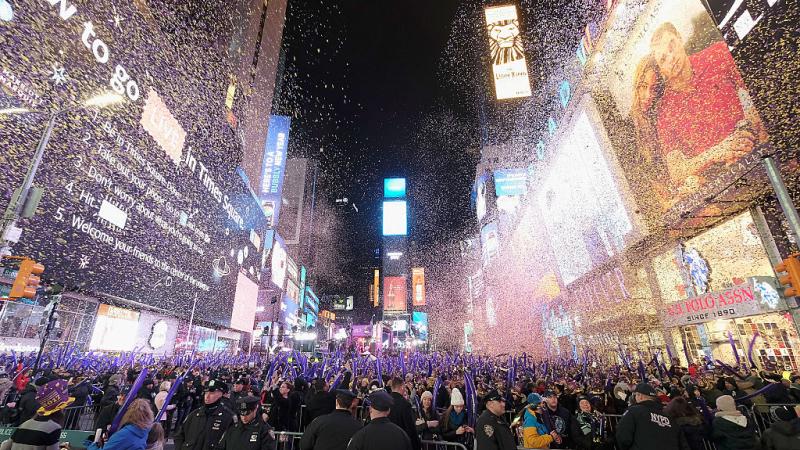Buttigieg says bullet trains coming soon, but costs and timelines are off the charts
With the California government’s $135 billion high speed rail program approved by voters in 2008, children born then are now old enough to drive and the first section of the project is nowhere near complete.
(The Center Square) - United States Transportation Secretary Pete Buttigieg told voters today’s children will be the first to not know an America without high speed rail. But with the California government’s $135 billion high speed rail program approved by voters in 2008, children born then are now old enough to drive and the first section of the project is nowhere near complete.
Though the Biden administration is promoting and funding high speed rail, it's currently unclear how a national high speed rail project will be funded or built, as interest payments on the national debt exceeded $1 trillion this year — more than defense spending.
However, another California high speed rail project — mostly financed with private bonds — could point a way forward for American passenger rail.
“My kids who are three right now won’t know a country that didn’t have high speed rail and excellent passenger rail,” said Buttigieg at a groundbreaking event for the $2.3 billion new railroad bridge over the Potomac funded with $729 million in federal grants. DOT says the project is part of a rail expansion in Virginia that will create 36,000 jobs.
Earlier in October, the Biden-Harris administration announced $66 billion in rail investments, with California as the centerpiece of the new rail agenda.
“In addition to supporting new high-speed rail service in California’s Central Valley and the Brightline West High-Speed Rail project connecting Las Vegas, Nevada, and southern California, [the Federal Railroad Administration] is funding upgrades to frequently traveled rail corridors in Virginia, North Carolina, and the District of Columbia, as well as upgrades and capacity expansions at Chicago Union Station in Illinois, one of the Nation’s busiest rail hubs,” said Buttigieg’s office in the announcement. ”In total, the Bipartisan Infrastructure Law includes a historic $66 billion specifically focused on rail projects, the largest investment in passenger rail since the creation of Amtrak.”
The two high speed rail services — a Los Angeles to San Francisco government-run line, and a Los Angeles to Las Vegas privately-run line — each received approximately $3 billion in federal grants from the Biden-Harris administration at the end of 2023.
California’s entire 463 mile LA-SF route has received environmental clearance, but the state is focusing construction efforts on an initial 171 mile, up to $33 billion segment connecting Bakersfield and Merced, two cities in the sparsely populated Central Valley. The California High Speed Rail Authority says it is still short $8 billion to complete this initial segment by 2033, but aims to “secure $8 billion in new federal grants over the next five years” to plug the gap.
The program was initially approved by voters in 2008 with a $10 billion bond and a 2020 completion date, but it’s unclear if the state will have the ability to secure funding for the first segment, leaving much of the billions already spent with nowhere to go.
“While California High-Speed Rail was intended to cost California taxpayers a total of $33 billion and be completed four years ago, not a single segment of the system has been completed to date,” wrote a coalition of Republican Senators and Representatives demanding answers on California high speed rail in May. “Meanwhile, the total estimated cost has ballooned to $128 billion (and counting), and there is no expected date of completion.”
The legislators also noted that the program overall would require approximately $100 billion in additional funding; given the state’s narrow avoidance of a $47 billion budget shortfall this year, the state appears to lack the necessary resources to complete the project on its own.
The LA-SF rail line also plans on charging $86 each way, or more than flying, which will be at least twice as fast as the train. Population decline has also led to a decline in the line’s projected ridership, with estimated rides for the main LA-SF line falling from 31.3 million per year to 28.4 million per year.
The private Brightline project, meanwhile, broke ground on the LA-LV line earlier this year and is expected to take four years and about $12 billion — only quarter of which is coming from government grants — to build. California voters approved the LA-SF line in 2008, meaning children born when the rail bond was approved are now old enough to drive between the two cities on their own.
An earlier analysis by The Center Square found the LA-SF state rail program will carry half as many passengers as the LA-LV Brightline rail line at nearly four times the cost of construction.













